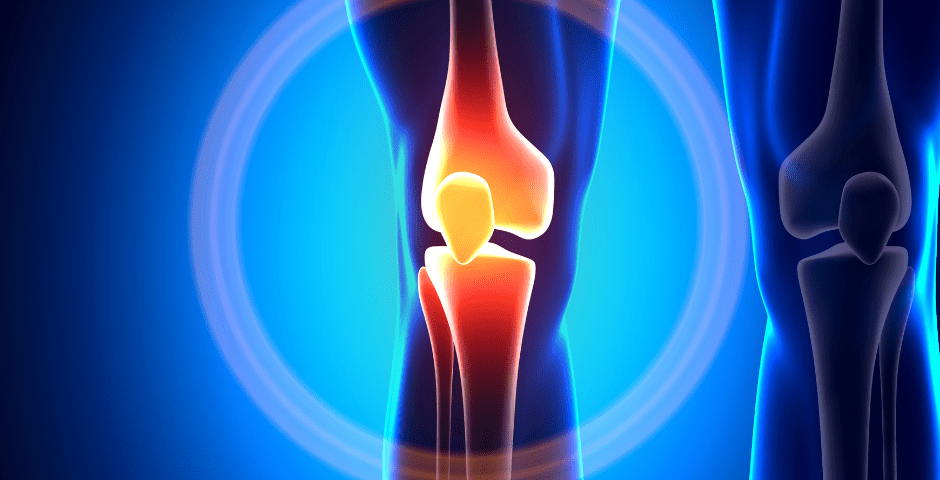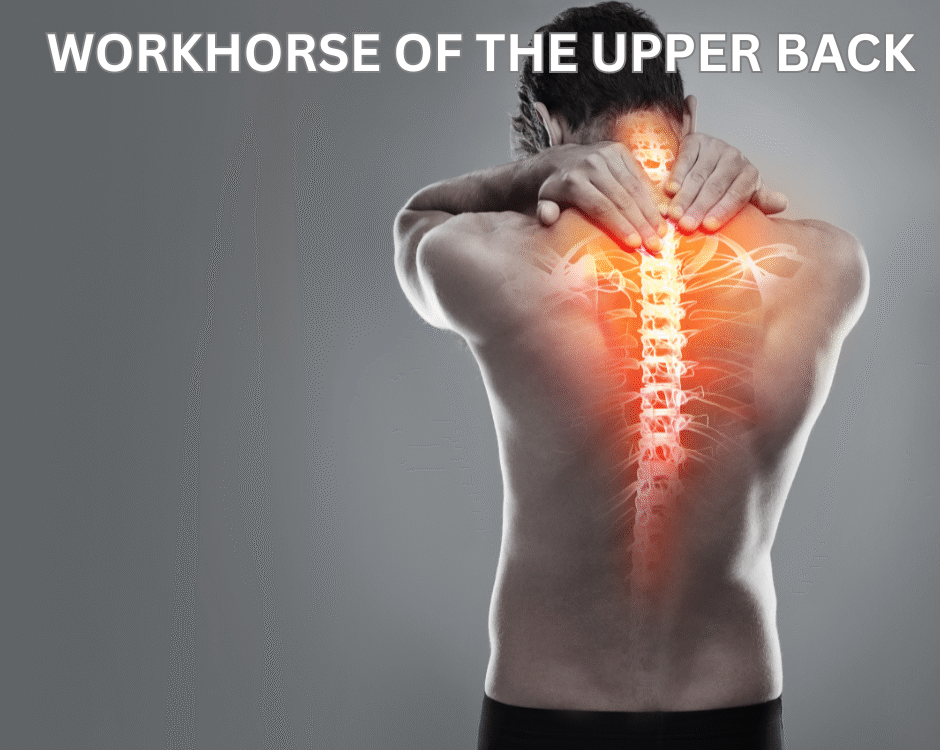Strongest Bones of the Body

Agressive Driving and Road Rage
March 11, 2024
Tips on Core Stability and Plank Exercises
March 20, 2024Strongest bones of the body
The bones with the highest density in the human body are typically found in areas that bear the most weight and undergo the greatest stress. There are typically 206 bones throughout the body but which of these are your most resilient and strong? Dr. Aaron Workman, a top chiropractor at one of the highest rated auto injury medical care programs in Lexington, discusses 6 of the densest bones in the body.
- Vertebrae: The vertebrae, which make up the spine, are dense bones located in the vertebral column. They provide structural support for the body and protect the spinal cord. The vertebrae are always under significant mechanical stress, especially in the lower back area contributing to their overall high density. The lower back vertebrae are much larger than the bones of the neck due to their increased mechanical stress.
- Pelvis: The pelvis is a structure composed of several bones, including the ilium, ischium, and pubis, which fuse together during development. The pelvis forms a sturdy and stable foundation for the spine and supports the weight of the upper body connecting through the lower back vertebrae. Due to its role in weight-bearing and protection of internal organs, the bones of the pelvis typically have a high density.
- Femur: The femur is the longest and strongest bone in the human body. It bears the weight of the pelvis and torso and provides support for movements such as walking, running, and jumping. Why is it so strong? It is the same concept as before. This bone is subjected to more mechanical stress near the hip and knee joints giving it a higher density.
- Sacrum: The sacrum is a triangular shaped bone located at the base of the spine. It resides between the two hip bones, consists of several fused vertebrae, and serves as a strong foundation for the spine. The sacrum is subjected to compression forces from the weight of the body and plays a key role in transmitting forces between the spine and the pelvis.
- Calcaneus: The calcaneus, or heel bone, is the largest of the bones in the foot. It forms the foundation of the heel and provides attachment points for various muscles and ligaments involved in walking and running. The calcaneus undergoes large amounts of mechanical stresses during all weight-bearing activities, thus giving it high density.
- Tibia: The tibia is the larger bone of your lower leg often referred to as the “shin bone.” It is like the femur in providing support for multiple movements. It allows connection of the upper leg to the lower leg through the knee and links the calcaneus to the rest of our skeleton. It is subjected to large amounts of mechanical stresses making it more dense.
These bones are essential for supporting the body’s weight, protecting vital organs, and facilitating movement. Their high density enables them to withstand mechanical stress and maintain structural integrity, reducing the risk of fractures and injuries. Make no bones about it, these bones play a key role in your body’s overall health and wellbeing.
— This article is written by Aaron Workman, DC, one of the members of Chambers Medical Group’s team of car accident chiropractors who offer a variety of treatments and therapies ranging from diagnostic testing to various soft tissue therapies for car accidents and injuries in Kentucky.
- Car Accident Medical Clinic in Tampa
- Car Accident Medical Clinic in Plant City
- Car Accident Medical Clinic in Brandon
- Car Accident Medical Clinic in Lakeland
- Car Accident Medical Clinic in Sarasota
- Car Accident Medical Clinic in Louisville
- Car Accident Medical Clinic in Lexington
- Car Accident Medical Clinic in Florence




